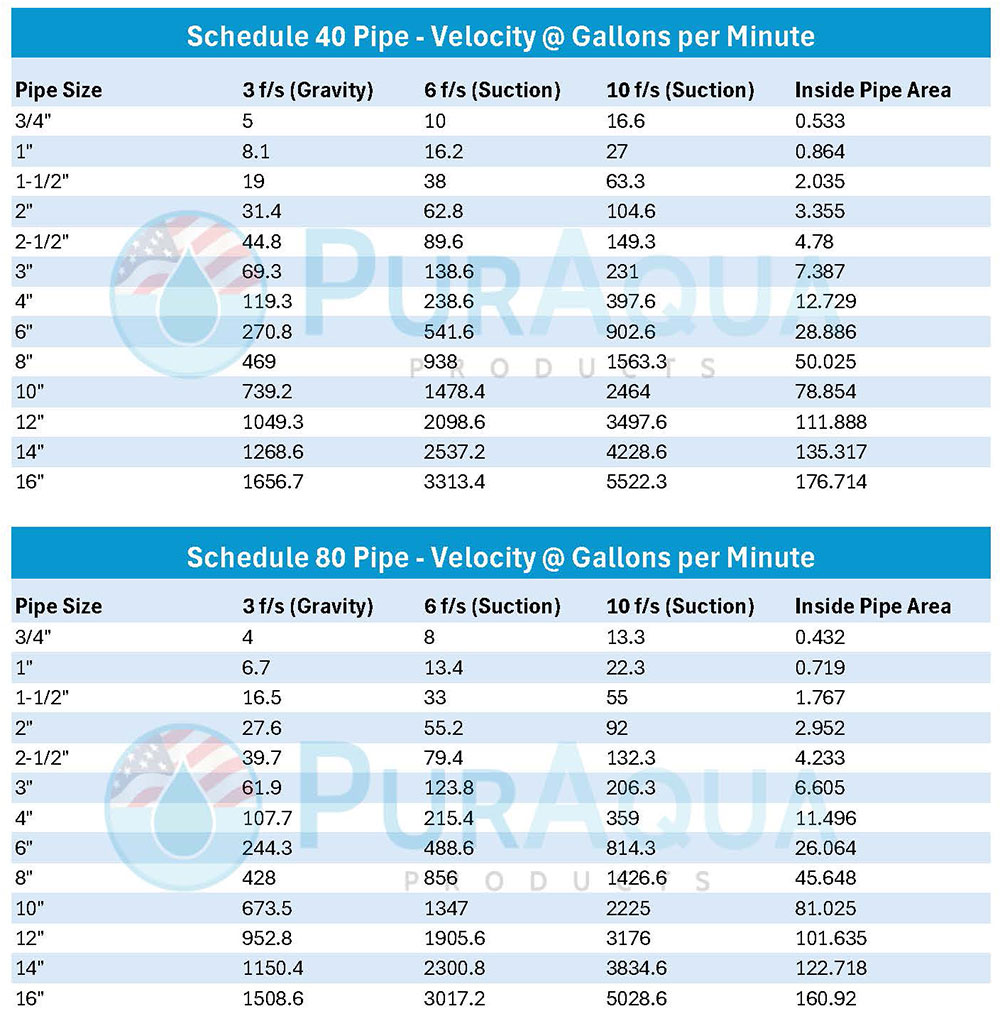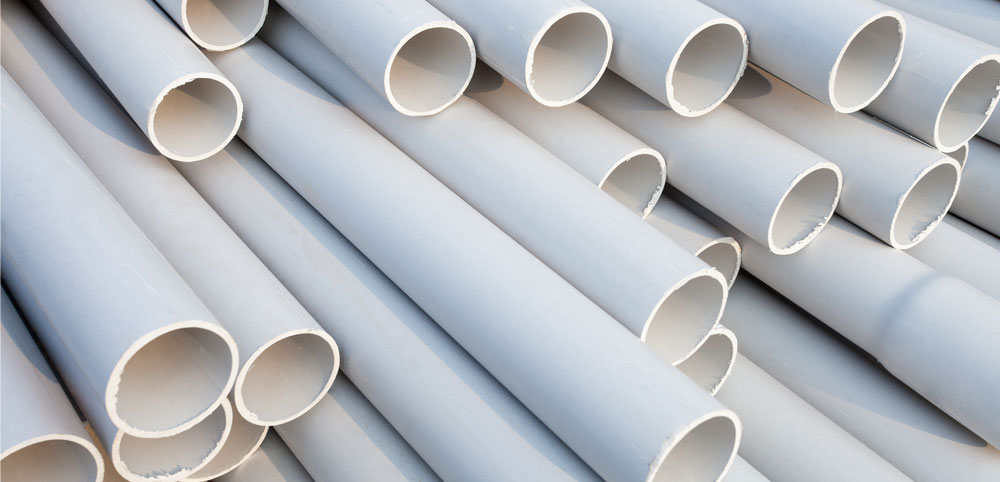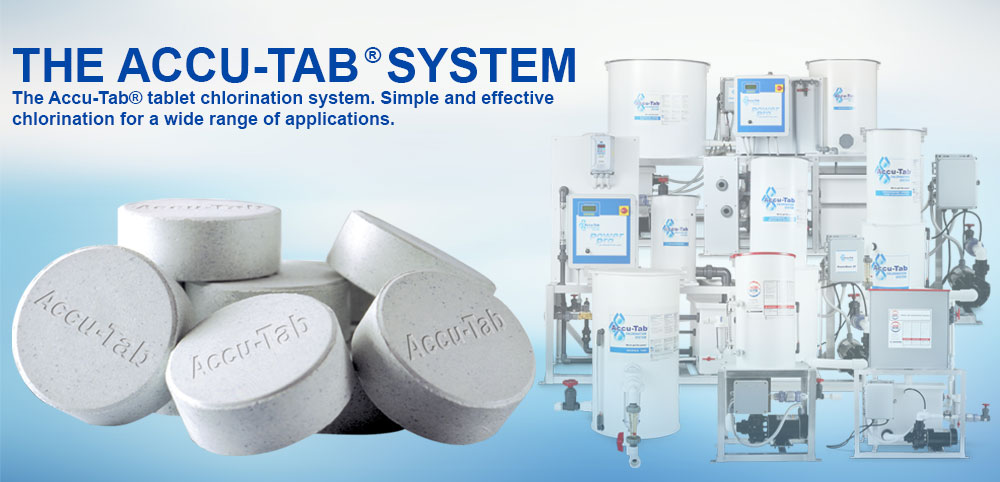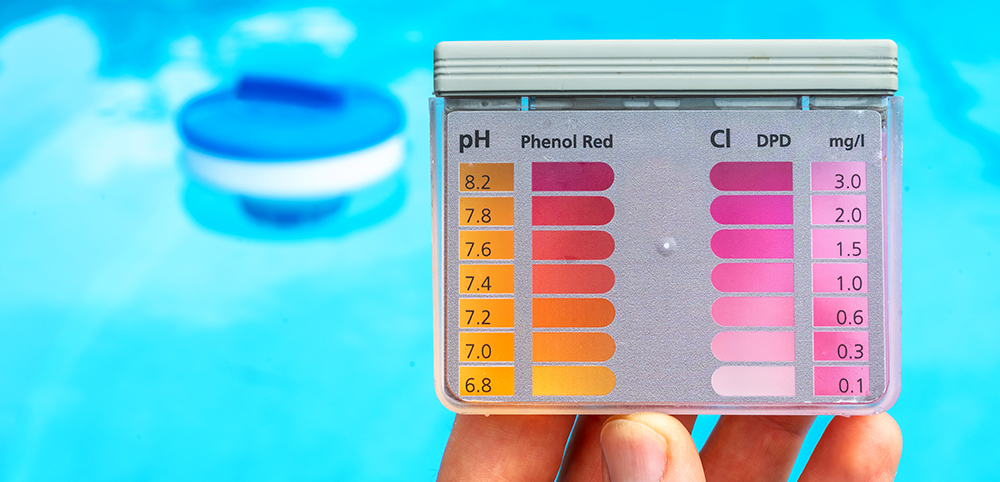At PurAqua Products, we're committed to providing innovative solutions for optimizing water systems' efficiency. One crucial aspect of efficient water flow management is understanding pipe flow velocity by size. Whether you're designing a new system or upgrading an existing one, grasping the relationship between pipe size and flow velocity is paramount. Let's delve into this essential topic to help you make informed decisions for your water infrastructure.


Why Pipe Flow Velocity Matters
Pipe flow velocity refers to the speed at which water moves through a pipe. It's a critical factor in hydraulic system design, affecting efficiency, pressure, and overall performance. Understanding pipe flow velocity is essential for several reasons:
- Efficiency: Optimizing flow velocity ensures efficient water distribution, minimizing energy consumption and operational costs.
- Pressure Management: Proper velocity control helps maintain adequate pressure levels throughout the system, preventing issues such as pipe bursts or water hammer.
- Pipe Sizing: Selecting the appropriate pipe size based on flow velocity requirements ensures optimal performance and longevity of the system.
Determining Optimal Flow Velocity
The ideal flow velocity varies depending on the specific application and system requirements. However, there are general guidelines to follow:
- Residential and Commercial Applications: For most domestic and commercial plumbing systems, a flow velocity of 3-5 feet per second (fps) is typically recommended. This range ensures efficient water distribution without causing excessive pressure drop or noise.
- Industrial and Municipal Systems: In larger-scale applications such as industrial processes or municipal water supply networks, flow velocities may vary. Engineers often design these systems based on specific requirements, considering factors such as pipe material, fluid properties, and desired flow rates.
Pipe Size Selection
Selecting the appropriate pipe size involves considering both flow velocity and the intended flow rate. Here's a simplified approach:
- Calculate Required Flow Rate: Determine the anticipated flow rate based on water demand, system usage, and peak demand scenarios.
- Check Velocity Limits: Refer to industry standards or guidelines to determine acceptable flow velocity limits for your application. As mentioned earlier, aim for velocities within the recommended range to ensure optimal performance.
- Size Selection: With the required flow rate and velocity limits in mind, select the pipe size that best meets these criteria. Larger pipe sizes allow for lower flow velocities, reducing friction losses and pressure drop.
Conclusion
Understanding pipe flow velocity by size is essential for designing efficient and reliable water systems. By considering factors such as flow requirements, velocity limits, and pipe sizing guidelines, you can optimize performance while minimizing energy consumption and maintenance costs. At PurAqua Products, we're here to support you in your journey towards sustainable water management solutions. For more information and expert guidance, don't hesitate to reach out to our team at 803-980-7100.





